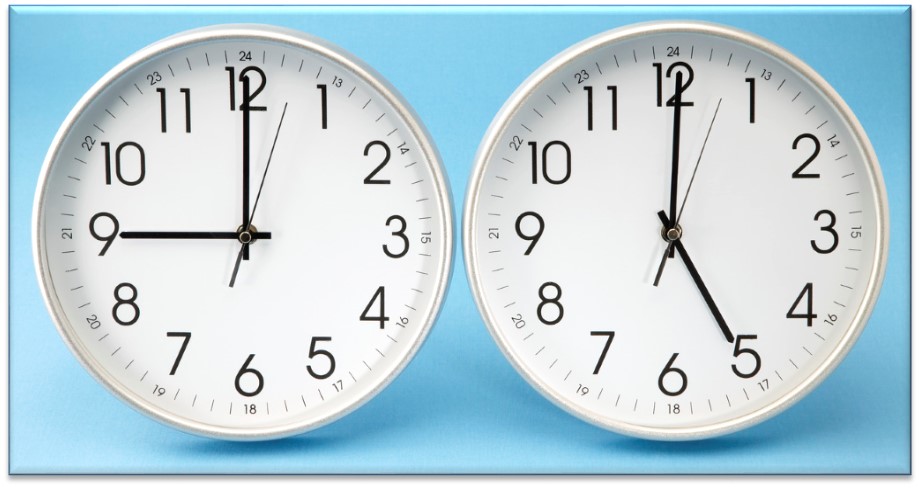From the desk of Sarah Small, M.S., CRC, Consultant – Cognitive/Neurological Team
Everyone experiences stress throughout their lifetime. Moments of heightened stress occur and affect people in different ways. Common examples of stressful events might be losing a loved one, changing careers, planning a wedding, the birth of a child, or even the stress associated with the busy holiday season.
Stress can be a good thing. It can motivate and give the adrenaline needed to meet an important deadline. It can activate the instinct to be cautious during dangerous or harmful situations. It might help someone to act quickly and make the decisions needed during an emergency.
While stress comes and goes based on the situation, individuals with anxiety disorders find themselves dealing with stress on a daily basis. According to the National Alliance on Mental Illness (NAMI), approximately 40 million adults in the United States are diagnosed with an anxiety disorder. The stress reaction experienced by these individuals can affect them both mentally and physically.
Panic attacks can be common. These attacks may hit even when there is no apparent threat or danger. Mayo Clinic defines a panic attack as “a sudden episode of intense fear that triggers severe physical reactions.” Often panic attacks hit without any warning. Symptoms can include, but are not limited to, sudden feelings of fear or impending doom, rapid heartbeat, sweating, shortness of breath, hot flashes, chills, abdominal cramping, nausea, headache, dizziness, and chest pain. Some have described the experience as feeling like they are having a heart attack.
For some, there may be triggers associated with panic attacks. Driving in rush hour traffic, flying in an airplane, public speaking, riding in an elevator, or being in an environment similar to where a traumatic event occurred, could all be situations that cause an attack.
Sometimes, however, someone may experience a panic attack and not be able to identify why. They may not have been consciously feeling stressed in that moment. Not being able to identify a reason might lead to frustration or anger.
At JAN, we commonly talk about workplace situations where an employee is experiencing panic attacks. A variety of accommodation ideas might be explored as a way to help. Leave time is a common idea associated with panic attacks. For example, employees might need to leave work after having an attack, or might need to stay home for the day if they have an attack before work. Panic attacks can be physically exhausting and sometimes recovery time is needed.
In addition to considering leave, there may be other effective accommodation options. Exploring if there are any work-related triggers associated with the panic attacks can be helpful. If something specific is identified and can be accommodated, it may help to prevent or reduce the occurrences. Triggers are individualized, but might include things such as background noise, certain smells or fragrances, crowds, enclosed spaces, abrupt changes to routine, or confrontational situations.
It can be important to remember that if an employee is experiencing increased anxiety or panic, the interactive process itself may be stressful. From a practical standpoint, the employer might talk with the employee about the best way to effectively communicate. As the employee, it may help to let the employer know if anything could be beneficial throughout the process. Common ideas might include communicating in writing, providing advance notice of any interactive process meetings, and at times having a support person accompany the employee to the meetings if needed.
Here are several accommodation situations and solutions:
An employee was having difficulty with the onset of panic when her supervisor would call her in for spontaneous project meetings. The employee talked to her supervisor about the concern, and the supervisor had no issue with providing advance notice to the employee via email. This allowed the employee to prepare for the change in work schedule and process what might be discussed.
A veteran who was now working in an office environment was frequently startled due to the office traffic passing behind him. His desk was facing the inside of his cubicle walls leaving his back to the open door. It was determined that his workstation set up would not fit in a different arrangement, but the employer was able to provide a monitor mirror that allowed the employee to see the open area behind him as he was working.
An employee was adjusting to a new medication and experiencing frequent panic attacks. The employer allowed the employee to have a temporary flexible break schedule where she could get up and go to an unoccupied conference room or walk outside if she felt an attack starting. The employer was also open to exploring telework as needed on a temporary basis.
Contact JAN if you need additional information or would like to discuss a specific situation.


